Herbs aren’t just flavorful additions to your summer dishes; they’re little green treasures that can keep giving long after the growing season ends.
While fresh herbs are a delight, drying them at their peak is a clever way to lock in their taste and aroma for cozy fall meals and wintertime cooking.
And the best part? You don’t need a huge garden. Even a small balcony or windowsill planter can yield enough for drying.
In this list, you’ll find 10 summer herbs that hold their flavor beautifully once dried. If you’re ready to build your own stash of garden-grown seasoning, start here.
#1 Oregano
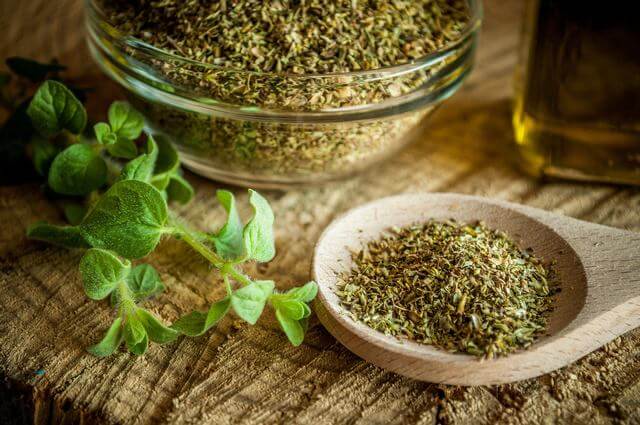 Image Credits: Selfhacked
Image Credits: Selfhacked
If you love pizza night or Mediterranean recipes, oregano should be growing somewhere nearby. This hardy herb thrives in full sun and offers small leaves packed with a punch of earthy, slightly peppery flavor.
Once harvested, you can hang bunches upside down to dry in a warm, airy spot. As it dries, the aroma intensifies, making it even better in sauces, roasts, and soups.
According to a study published in the Journal of Agricultural and Food Chemistry, dried oregano retains high antioxidant levels, which adds a nutritional bonus to its taste.
#2 French Tarragon
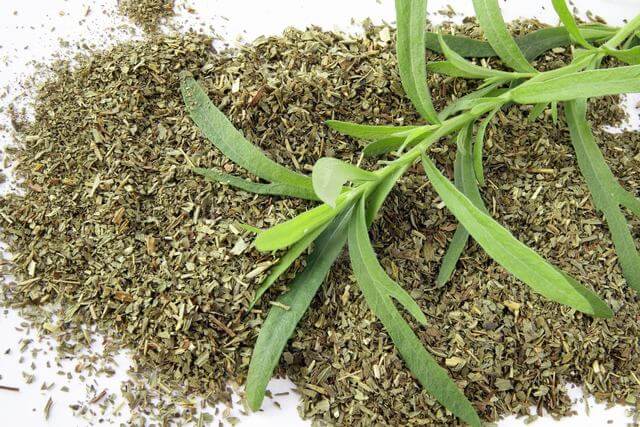 Image Credits: Spiceography
Image Credits: Spiceography
With its delicate anise-like flavor, French tarragon brings a subtle elegance to dressings, vinegars, and poultry dishes. This herb doesn’t like wet feet, so give it well-draining soil and a sunny spot.
To preserve it, snip the stems before flowers appear and dry the leaves flat or gently bundled. It holds its licorice essence remarkably well when dried slowly indoors.
Tarragon is also rich in polyphenols, which help protect the body from oxidative stress.
#3 Lovage
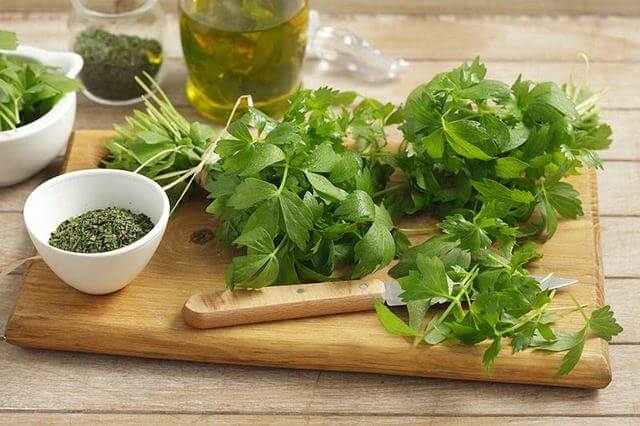 Image Credits: Gardenerspath
Image Credits: Gardenerspath
Lovage tastes like a punchy blend of celery and parsley, and it’s fantastic in hearty soups and broths.
You can dry both the stems and leaves by cutting early in the day before the sun hits the plant. Hang in small bundles or use a drying rack to speed the process.
Once dried, the leaves crumble easily and can be stored in sealed jars. Lovage contains quercetin and coumarins, compounds shown in herbal studies to have anti-inflammatory and antimicrobial benefits.
#4 Rosemary
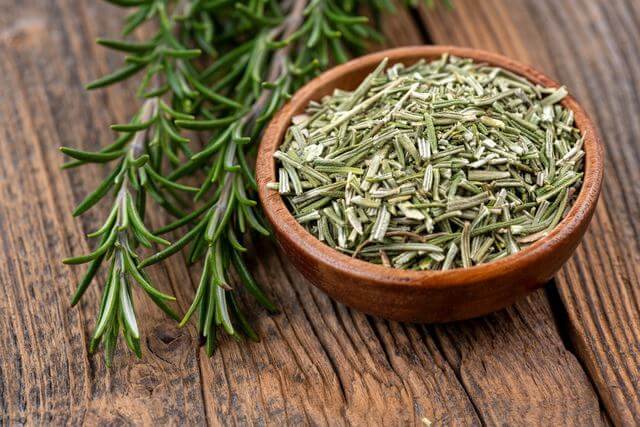 Image Credits: Spiceography
Image Credits: Spiceography
Rosemary’s piney, resinous flavor makes it one of the best herbs to dry for long-term use. Simply cut woody stems and hang them upside down in a warm, dark place until the needles are brittle.
You can then strip and jar them whole or crush them into powder. Its strong essential oils, like cineole and camphor, help rosemary retain flavor even after months in storage.
Clinical research also supports its use as a mild cognitive booster when consumed regularly in teas or seasoning blends.
#5 Sweet Marjoram
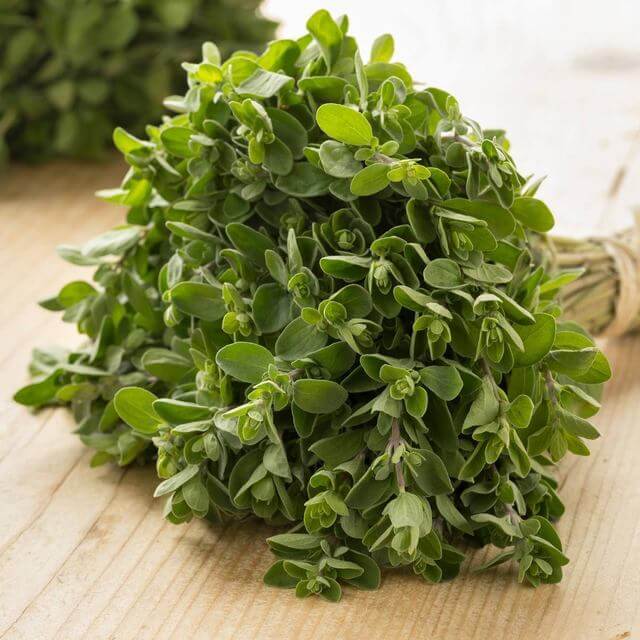 Image Credits: Theseedcollection
Image Credits: Theseedcollection
Sweet marjoram brings a gentle, floral warmth to stews, roasts, and marinades. Unlike its cousin oregano, it has a subtler profile that shines through in delicate dishes.
For best results, harvest just as the flower buds form. Dry quickly in small bundles away from humidity, then strip and store.
According to herbal pharmacognosy, marjoram contains rosmarinic acid, which may have antioxidant and anti-inflammatory effects.
#6 Thyme
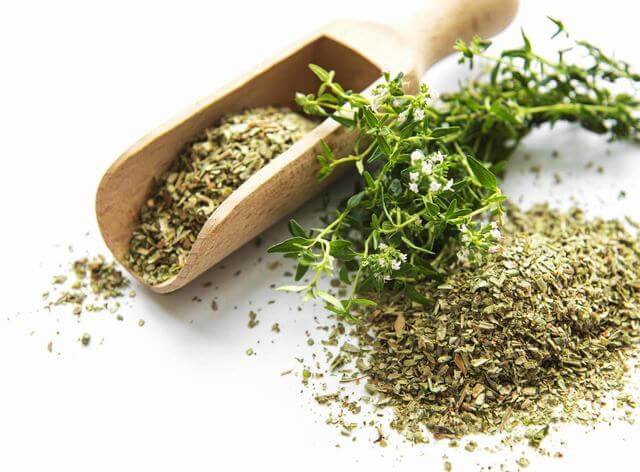 Image Credits: Vecteezy
Image Credits: Vecteezy
Thyme is compact, prolific, and perfect for drying. Just snip a bunch of sprigs and hang them or dry them flat on paper towels. Once crisp, slide your fingers down the stems to collect the tiny, fragrant leaves.
Its oils, particularly thymol, are known for their antibacterial strength, as documented in the Molecules journal. Use dried thyme to add savory depth to everything from tomato sauces to roasted veggies.
#7 Coriander
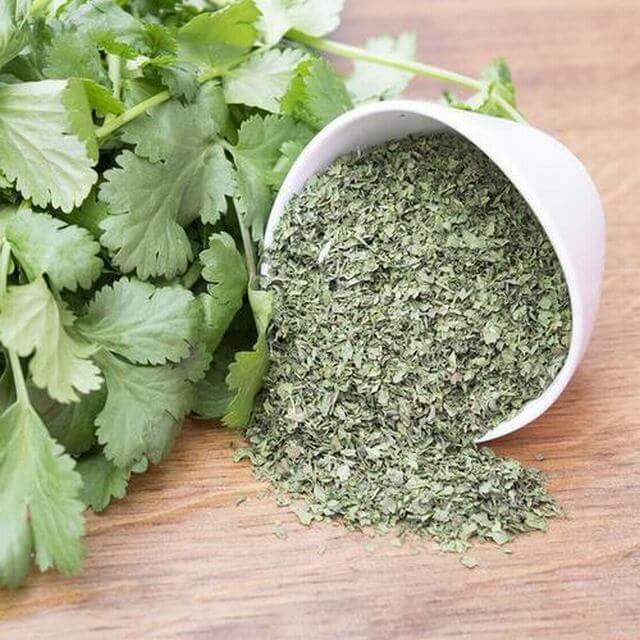 Image Credits: Indiamart
Image Credits: Indiamart
While the fresh leaves of cilantro are harder to preserve, the seeds of coriander are perfect for drying and grinding.
Let the plant flower and go to seed, then collect the seed heads when they start to turn brown. Hang upside down in a paper bag to catch the dropping seeds.
Dried coriander seeds offer a lemony, nutty note and contain linalool, a compound linked to digestive benefits and mild anxiety relief, as studied in The Journal of Ethnopharmacology.
#8 Sage
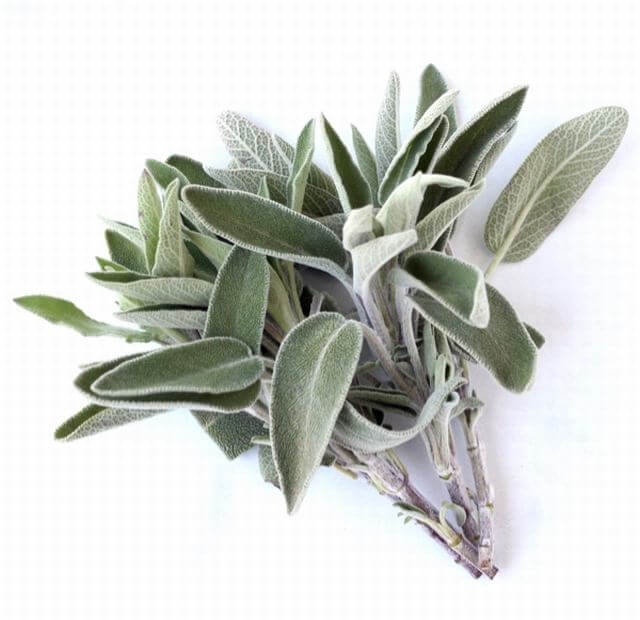 Image Credits: Thefrugalgirls
Image Credits: Thefrugalgirls
Sage’s earthy, slightly peppery leaves dry beautifully and maintain strong flavor for months.
Harvest before the plant flowers, when the oils are most concentrated. Air dry small bunches upside down in a well-ventilated area, then crumble the crispy leaves into jars.
Sage is high in carnosic acid and rosmarinic acid, both studied for their antimicrobial and memory-boosting properties. A little goes a long way in roasts, stuffings, and herbal teas.
#9 Sweet Bay Laurel
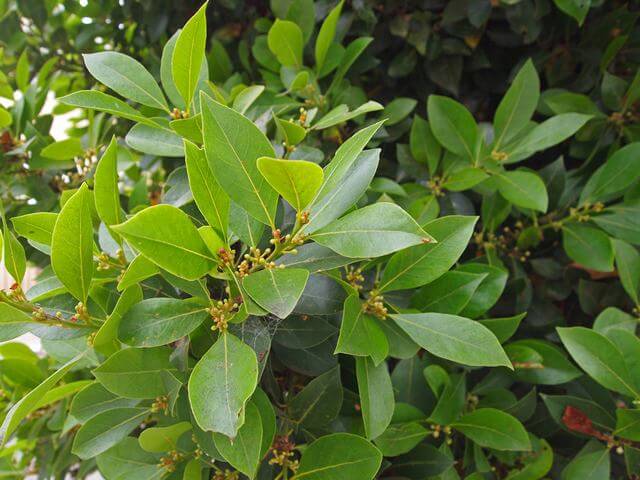 Image Credits: Fuf.net
Image Credits: Fuf.net
Bay leaves are harvested from the sweet bay tree and dried slowly to develop their complex flavor. Snip mature leaves and lay them flat to dry in a cool, shaded spot for a few weeks.
Whole leaves can be stored in glass containers for up to a year. Their oils, like cineole, give dishes a subtle bitterness that rounds out soups, stews, and marinades.
According to Food Chemistry, bay leaves also contain flavonoids that may support digestion and reduce inflammation.
#10 Mint
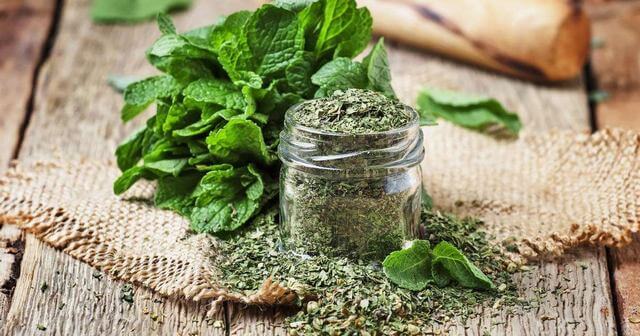 Image Credits: Web24news
Image Credits: Web24news
Mint is easy to grow, fast-spreading, and incredibly versatile. Harvest in the morning for peak oils, then tie in small bundles or use a dehydrator to prevent mold.
Once dried, the leaves crumble easily and make a fragrant addition to teas, desserts, and savory dishes.
All mint types contain menthol, a compound proven to soothe digestion and reduce nausea (Phytotherapy Research, 2018). Store in airtight jars away from light to preserve that refreshing aroma.
